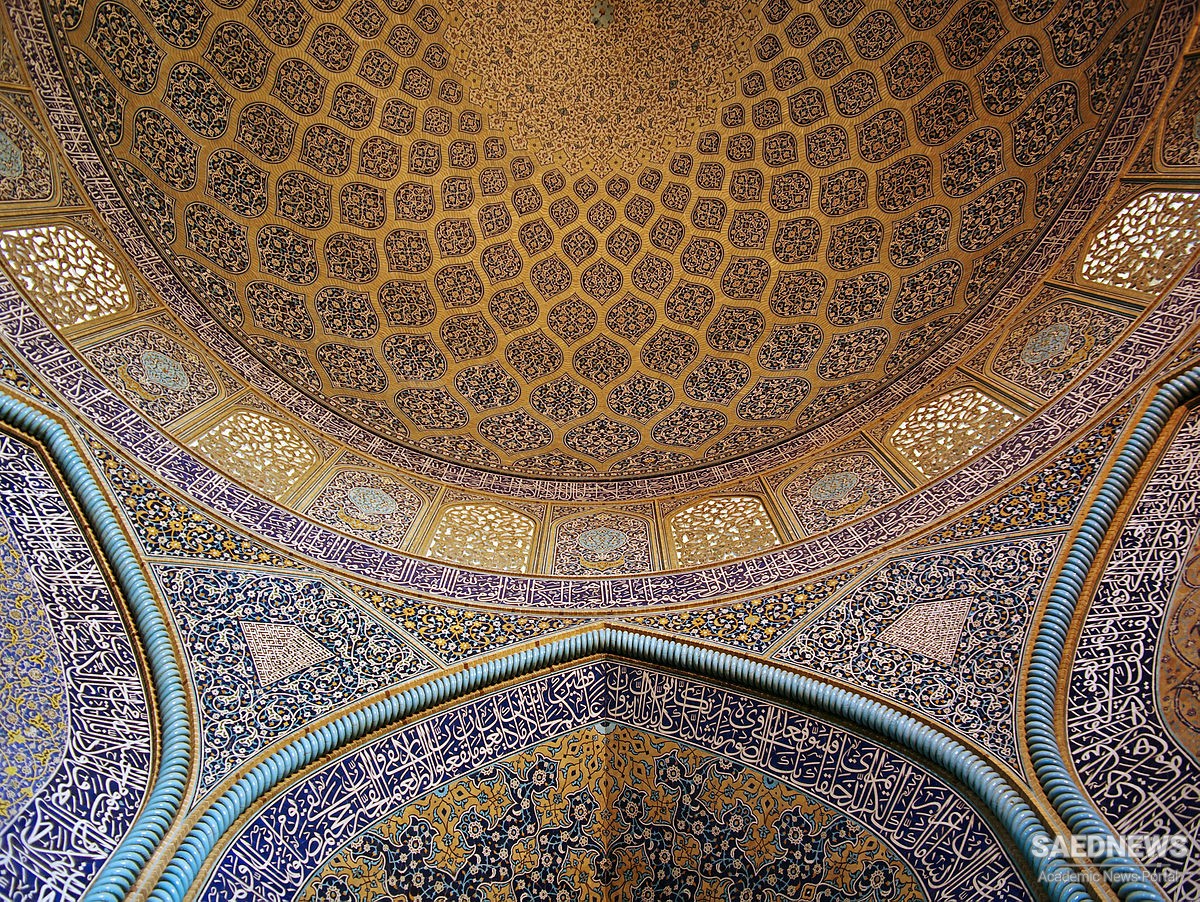All the developments of arcuated and vaulted architecture that had taken place in Iran and in the Roman Empire were available in their countless local variants. Stone, baked brick, mud brick, and wood existed as mediums of construction, and all the complicated engineering systems developed particularly in the Roman Empire were still used from Spain to the Euphrates.
All the major techniques of decoration were still used, except for monumental sculpture. In secular and in religious art, a more or less formally accepted equivalence between representation and represented subject had been established. Technically, therefore, as well as ideologically, the Muslim world took over an extremely sophisticated system of visual forms; and, since the Muslim conquest was accompanied by a minimum of destruction, all the monuments, and especially the attitudes attached to them, were passed on to the new culture.
The second point about the pre-Islamic traditions is the almost total absence of anything from Arabia itself. While archaeological work in the peninsula may modify this conclusion in part, it does seem that Islamic art formed itself entirely in some sort of relationship to nonArab traditions. Even the rather sophisticated art created in earlier times by the Palmyrenes or by the Nabataeans had almost no impact on Islamic art, and the primitively conceived haram in Mecca, the only pre-Islamic sanctuary maintained by the new faith, remained as a unique monument that was almost never copied or imitated despite its immense religious significance. The preIslamic sources of Islamic art are thus entirely extraneous to the milieu in which the new faith was created. In this respect the visual arts differ considerably from most other aspects of Islamic culture.
This is not to say that there was no impact of the new faith on the arts, but to a large extent it was an incidental impact, the result of the existence of a new social and political entity rather than of a doctrine. Earliest Islam as seen in the Qur’an or in the more verifiable accounts of the Prophet’s life simply do not deal with the arts, either on the practical level of requiring or suggesting forms as expressions of the culture or on the ideological level of defining a Muslim attitude toward images. In all instances, concrete Qur’anic passages later used for the arts had their visual significance extrapolated. There is no prohibition against representations of living things, and not a single Qur’anic passage refers clearly to the mosque, eventually to become the most characteristically Muslim religious building. In the simple, practical, and puritanical milieu of early Islam, aesthetic or visual questions simply did not arise.


 Concretization of Islamic Faith in the Works of Art: Reification of the Sacred
Concretization of Islamic Faith in the Works of Art: Reification of the Sacred














































